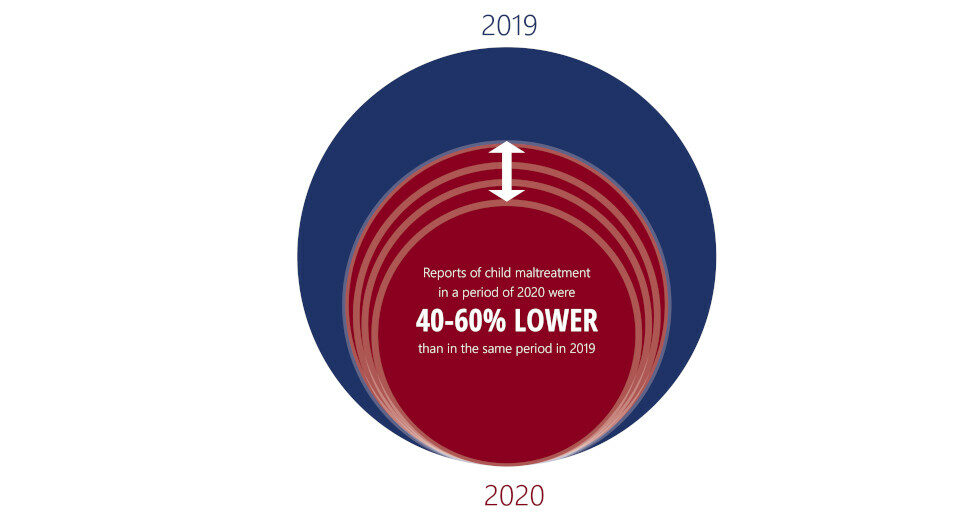COVID-19 and Child Welfare: Using Data to Understand Trends in Maltreatment and Response

Since March 2020, stay-at-home orders and deteriorating economic conditions have placed families under stress, while children home from school have diminished exposure to adults who might detect and report abuse and neglect. Some have expressed concern that these circumstances could heighten the risk of undetected maltreatment, and that an eventual return to school will result in a deluge of child maltreatment reports that could overwhelm child welfare systems. This work summarizes efforts to respond to these concerns and provide empirical guidance to child welfare system leaders.
What We Did
Using various data sources, including NCANDS and SACWIS, we performed descriptive and multi-level time-series analyses to answer questions about historical trends and the relationship between community-level stressors and child abuse and neglect. The results from these analyses were incorporated into a dynamic forecasting tool (i.e., Latent Event Simulator) that can be used by child welfare agencies to plan system responses.
What We Found
While the COVID-19 pandemic has disrupted child welfare system operations in countless ways, it has challenged us to think strategically about how to re-orient our systems to promote child and family well-being. Ultimately, we’ve discovered that children at increased risk of maltreatment are likely a small subset of the families that come to our attention.
- Hotline reports from education personnel typically return to baseline rates annually when children return to school each Fall rather than over-correcting with seasonal surges.
- The recent rise in unemployment due to COVID-19 is increasing the risk of child maltreatment, and that additional community-based supports might be needed to address concrete economic needs.
- A Latent Event Simulator can inform strategies to address family needs as well as to forecast workforce capacity needed to implement these strategies to scale. The simulator produces (1) estimation of the changing rates of abuse; (2) adjustments for changing exposure to reporters of child maltreatment; and (3) projections of unseen events that may require child welfare system response.
What It Means
We recommend the following adaptive system changes:
- Refine child maltreatment categories to distinguish and address poverty-related neglect from child endangerment or abuse.
- Broaden the array of community-based supports and partner with families directly.
- Leverage technology to improve access to needed services and supports.
- Create alternative pathways to enhance the ways in which mandated reporters can support families.
- Expand the responsibility for child and family well-being beyond the child welfare system.
Recommended Citation
Weiner, D., Heaton, L., Stiehl, M., Chor, B., Kim, K., Heisler, K., Foltz, R., & Farrell, A. (2020). Chapin Hall issue brief: COVID-19 and child welfare: Using data to understand trends in maltreatment and response. Chicago, IL: Chapin Hall at the University of Chicago.



 Thank you for your interest in Chapin Hall’s research. Please share some information to access this file.
Thank you for your interest in Chapin Hall’s research. Please share some information to access this file.